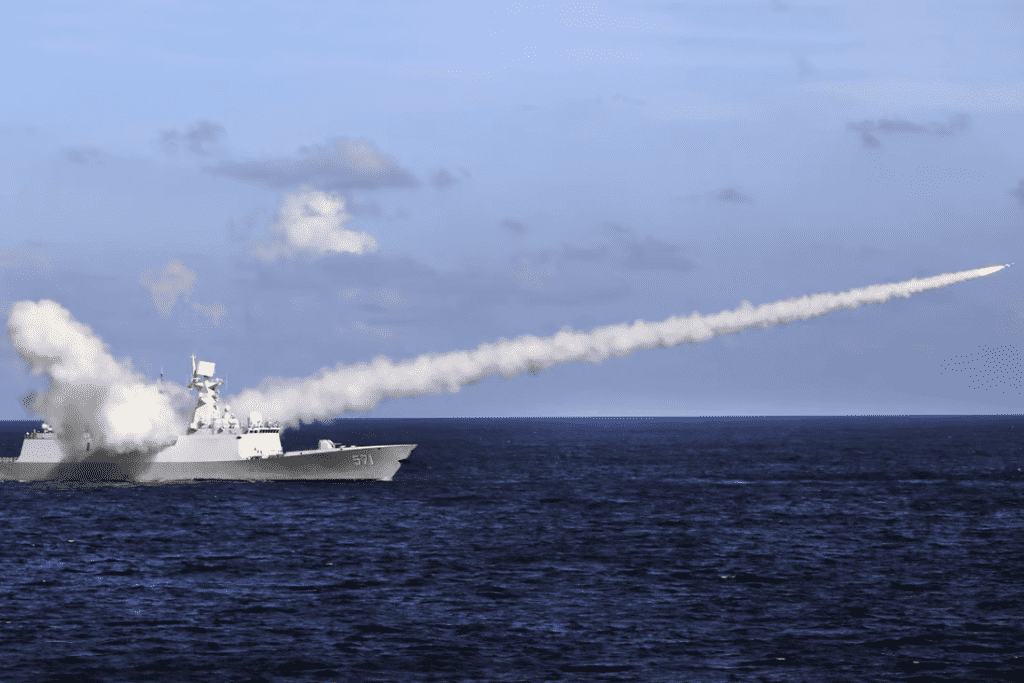Chinese researchers are working on developing a boron-powered supersonic missile capable of traveling farther and faster than any ordinary torpedo. For deadly anti-ship capabilities, the boron missile would have supersonic speed, range in the air, and supercavitating approach speeds underwater.
A study team from the National University of Defence Technology’s College of Aerospace Science and Engineering in Changsha, Hunan province, has published a design for a supersonic missile in the peer-reviewed journal Solid Rocket Technology.

According to the South China Morning Post (SCMP), the 5-meter-long anti-ship missile will be able to travel at 2.5 times the speed of sound at the height of 10,000 meters (32,800 feet) over lengths of up to 200 kilometers (124 miles). It would dive and skim through the waves for up to 20 kilometers (12.4 miles) to dodge detection.
When the missile gets within 10 km (6.2 miles) of the target, it will enter torpedo mode and go underwater at up to 100 m/sec (200 knots), utilizing supercavitation – the development of a big air bubble around it in the sea, which dramatically decreases drag.

Researchers further claim that the anti-ship missile can shift direction or crash-diving to depths of up to 100 meters (330 feet) to avoid underwater defensive systems without losing velocity. Researchers are convinced that no existing ship defense system was built to withstand such a rapid cross-media strike.
A supersonic ramjet engine powered by solid fuel rods containing roughly 60% boron would generate significant thrust while breathing in either air or water.

Boron is a light element that reacts aggressively when exposed to both, generating tremendous heat. As a result, it has been widely employed in propulsion fuels, ranging from jet fuel additives to solid nanotube fuels for hypersonic propulsion systems.
Source: South China Morning Post


